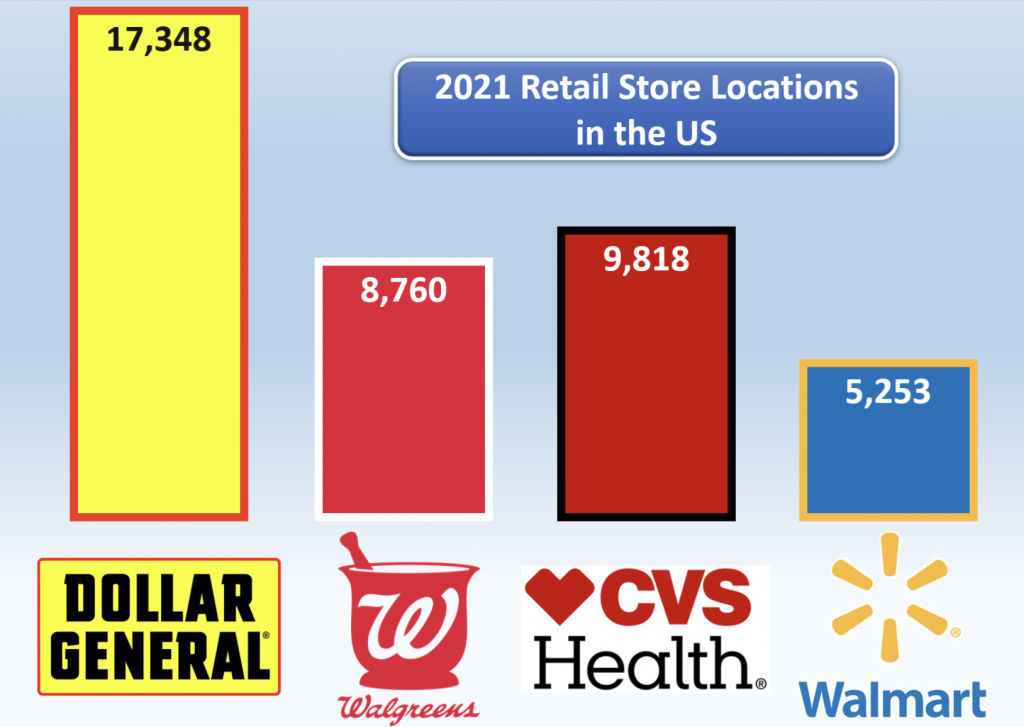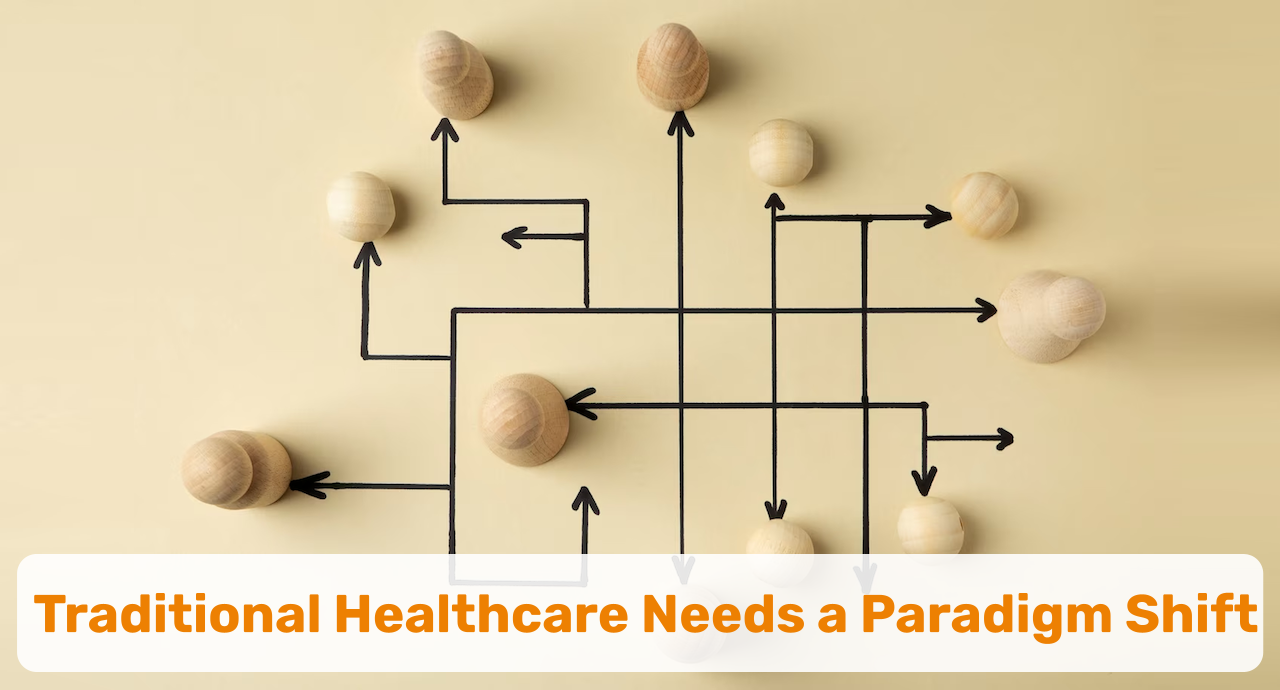This week’s Telehealth Tuesday article is based on Dr. Erkan Hassan’s recent article on the same topic. Dr. Hassan is a member of the Ingenium Healthcare Advisors Consortium and brings over 20 years of virtual critical care medicine experience. You can see his past articles on his website and also sign up for his monthly newsletter.
Ever since humans existed, we have been driven to continually optimize our lives — finding smarter, more effective, or more efficient ways to survive and to live. The recent advancements of technology — starting with the Internet in the 1990s and the launch of SmartPhones in 2007 — have driven us toward becoming highly convenience-driven service consumers. From Amazon to Netflix, from Uber to HelloFresh, we are seeking instantaneous service for a great price.
So it’s no surprise that when it comes to basic or even urgent healthcare needs, most of us will favor the service that offers the most convenience at a great price.
Enter Telehealth.
The Covid-19 pandemic opened the door (and many administrators’ and clinicians’ minds) for the widespread use of telehealth demonstrating its efficacy for many situations, conditions, and circumstances.
The pandemic also gave rise to a number of non-traditional competitors.
Many telehealth-only service providers catering to the self-insured employers market (think: Teladoc) saw their business model grow and expand and health insurers soon paid attention to the cost-saving potential of a telehealth visit vs. an in-person clinic visit.
Likewise, traditional businesses in the secondary healthcare market, namely the chain drug stores, have tried to introduce telehealth as an option to their customers but have failed multiple times over the past two decades, but that has not stopped them from trying again in the wake of Covid and more patient acceptance of this new way of getting care.
Lastly, unlikely contenders with large brand recognition, a large workforce, and innovative leadership (think: Amazon, Best Buy) have also in recent years iteratively explored different ways to capture a share of the multi-billion dollar healthcare market for their employees’ as well as their customers’ health.
And it is because of these dynamics, these three different convenience tsunamis heading for the same patients that traditional healthcare providers are serving, that they must shift their care delivery paradigms to co-exist with retail virtual care.
The Retail Competition
Virtually(!) all larger national retail organizations in the US (e.g., Amazon, Walmart, BestBuy, CVS, Walgreens, etc.) have a defined healthcare strategy, leveraging their size and consumer expertise to disrupt healthcare.



With these companies being true experts in customer service, it is no surprise that modern healthcare consumers (a.k.a. patients) often find their offerings compelling due to a variety of reasons:
- They are offering a one-stop convenience of being able to take care of their healthcare needs while shopping.
- They value the efficiency provided by these organizations with deep expertise in service efficiency.
- They appreciate the breadth of services offered – from medication refills and shots to health checks, or vision checks.
- With competitive pricing, they value the affordability of the services.
- Due to a focus on the customer experience, they value the welcoming attitude extended by the staff.
- Finally, they value the price and privacy transparency practiced by modern, successful retailers.
As Erkan poignantly observes, this disruption should cause concern for health systems and anyone delivering care: When was the last time a patient described their experience in traditional healthcare with any of the descriptors above? What radical investments have you made to improve the consumer experience?
To increase patient satisfaction and patient engagement, to retain existing and attract new patients, healthcare providers need to reinvent their paradigms of care delivery and meticulously focus on the whole patient journey.
This means that health care providers need to develop and offer solutions that are more effective and efficient — and are designed for the patient and ideally with the patient!
Retailers’ Experience & Performance Obsession
While retailers may not be experts in healthcare, they are experts in enhancing the customer experience. They are also not focused on providing “all of healthcare” but rather are focusing (or, one could say cherry-picking) those things that they can do, that they can do well, and what patients want most.
These healthcare disruptors are separating patients from traditional care models by obsessively focusing on providing the modern healthcare consumer what they want. In addition to their focus on virtual care services, retailers’ offerings also include a portfolio of “wrap-around services” such as groceries, durable medical equipment, prescriptions, and supplements.
(Here’s a laudable counter example: multiple US health centers are also offering access to a Farmacy — providing healthy vegetables while visiting your doctor. )
Retailers are also obsessively data driven and vary their offerings based on the local and regional needs of the population — which they study often and typically understand very well.
Many healthcare providers have no such real-time insights.
A Prescription for Change
So what is a healthcare organization to do?
The first step (“awareness”) is for leadership to acknowledge that there is a problem that is jeopardizing the current business model of healthcare as we know it (as if healthcare with increasing cost, staffing shortages, and decreasing reimbursement needed yet another challenge).
The second step (“desire”) is to set forth a viable, inspiring vision for the future: How can your organization become more like those retailers (e.g., obsessed with customer service and relentlessly data-driven) without abandoning your mission?
Motivated by awareness and desire, engage your team and outside expertise to develop services that focus on improving patient satisfaction and patient engagement. Ensure that those services are effective and efficient.
Additionally, use the brick and mortar aspect to your advantage: develop and improve services that can only be provided in a facility setting — yet make it a world-class customer experience.
Strategies for Success
Specifically, Erkan recommends these four strategies for health systems and other healthcare providers.
1. Embrace a more patient-centric approach.
At the Mayo Clinic the lived mantra is that the needs of the patients come first. In today’s language, this includes the patient experience as well as their clinical needs.
Shift your paradigm of treating the patient within and outside your walls.
With a shift from fee-for-service to value-based, shift your mindset from curative care to preventive care, from reactive services to proactive offerings.
Build on your clinical strength and your brick and mortar infrastructure.
And don’t be afraid to compare yourself, favorably, to the retailers.
2. Implement Clinical Quality Improvement Programs.
This is one clear area where retailers cannot hold their own (yet).
Focus and promote the clinical quality of your services such as access to subspecialty expertise, the value of the continuity of care (and the danger of fragmented care).
World-class companies constantly educate their customers on what they need vs. what they want. Healthcare is doing a very poor job in this area.
3. Deliver High Quality Virtual Care Services.
Virtual Care is here to stay. And the convenience of virtual care is driving people to “cheat” on their traditional care providers. So make it even better and equally affordable. Otherwise, you will lose patients. Or you’ll force your clinicians to offer subpar care with only a fraction of the information they need (see: fragmented care).
4. Retailers and Health Systems need to develop a strong connection, combining their strengths to accommodate patients’ wants and needs.
As the saying goes, if you can’t beat them, join them. Although it’s been tried many times with usually lackluster results, I strongly agree with Erkan that the future lies in collaborative coordination, not in cutthroat competition.
With a significant investment into optimizing their virtual care offerings, the CEO of one of our clients, a rural health center, actually started reaching out to area retailers to offer their clinical expertise to the retailers’ customers.
Retailers need to learn that ultimately healthcare is personal and local, and health systems need to learn that consumerism can be a great thing, even in healthcare.
Conclusion
To be sustainably successful, clinics, health centers, health systems, and hospitals must obsessively focus on fine tuning their virtual care services into high quality virtual care to create a positive future for patients.
Yet ultimately, retailers as well as traditional providers and health systems will need to strive to become interconnected, exchanging patients’ health information for improved continuity of care, using virtual services as a key component for the collaboration. There are numerous win-win-win scenarios to be found.








To receive articles like these in your Inbox every week, you can subscribe to Christian’s Telehealth Tuesday Newsletter.
Christian Milaster and his team optimize Telehealth Services for health systems and physician practices. Christian is the Founder and President of Ingenium Digital Health Advisors where he and his expert consortium partner with healthcare leaders to enable the delivery of extraordinary care.
Contact Christian by phone or text at 657-464-3648, via email, or video chat.






